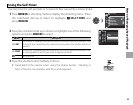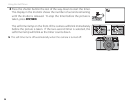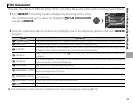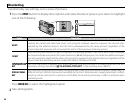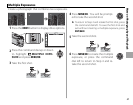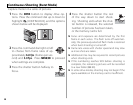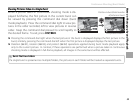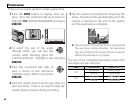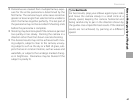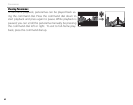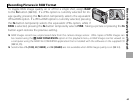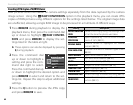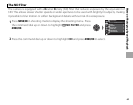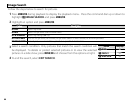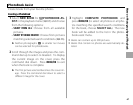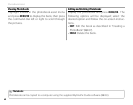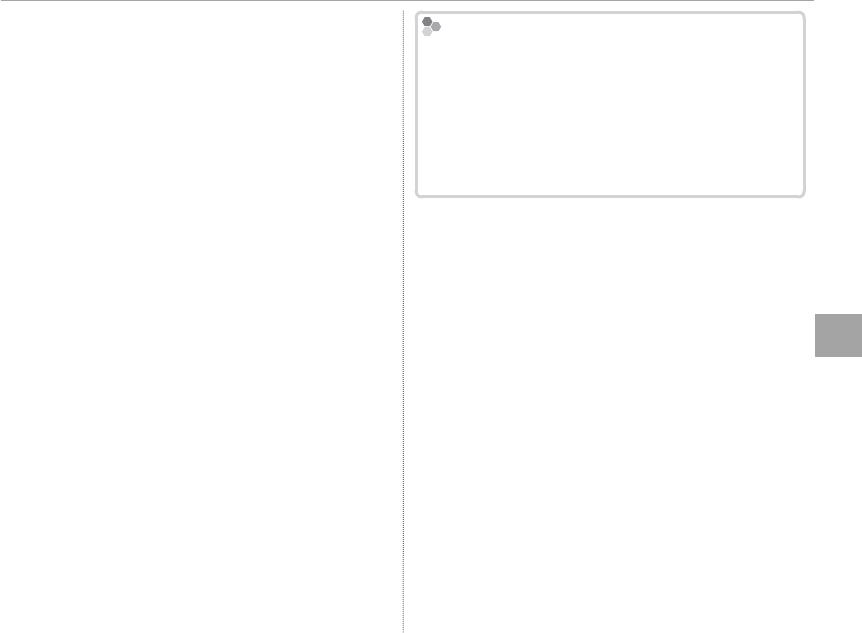
61
More on Photography and Playback
Panoramas
Q Panoramas are created from multiple frames; expo-
sure for the entire panorama is determined by the
rst frame. The camera may in some cases record an
greater or lesser angle than selected or be unable to
stitch the frames together perfectly. The last part of
the panorama may not be recorded if shooting ends
before the panorama is complete.
Q Shooting may be interrupted if the camera is panned
too quickly or too slowly. Panning the camera in a
direction other than that shown cancels shooting.
Q The desired results may not be achieved with mov-
ing subjects, subjects close to the camera, unvary-
ing subjects such as the sky or a eld of grass, sub-
jects that are in constant motion, such as waves and
waterfalls, or subjects that undergo marked chang-
es in brightness. Panoramas may be blurred if the
subject is poorly lit.
For Best Results
For Best Results
For best results, prop your elbows against your sides
and move the camera slowly in a small circle at a
steady speed, keeping the camera horizontal and
being careful only to pan in the direction shown by
the guides. Use a tripod for best results. If the desired
results are not achieved, try panning at a di erent
speed.



